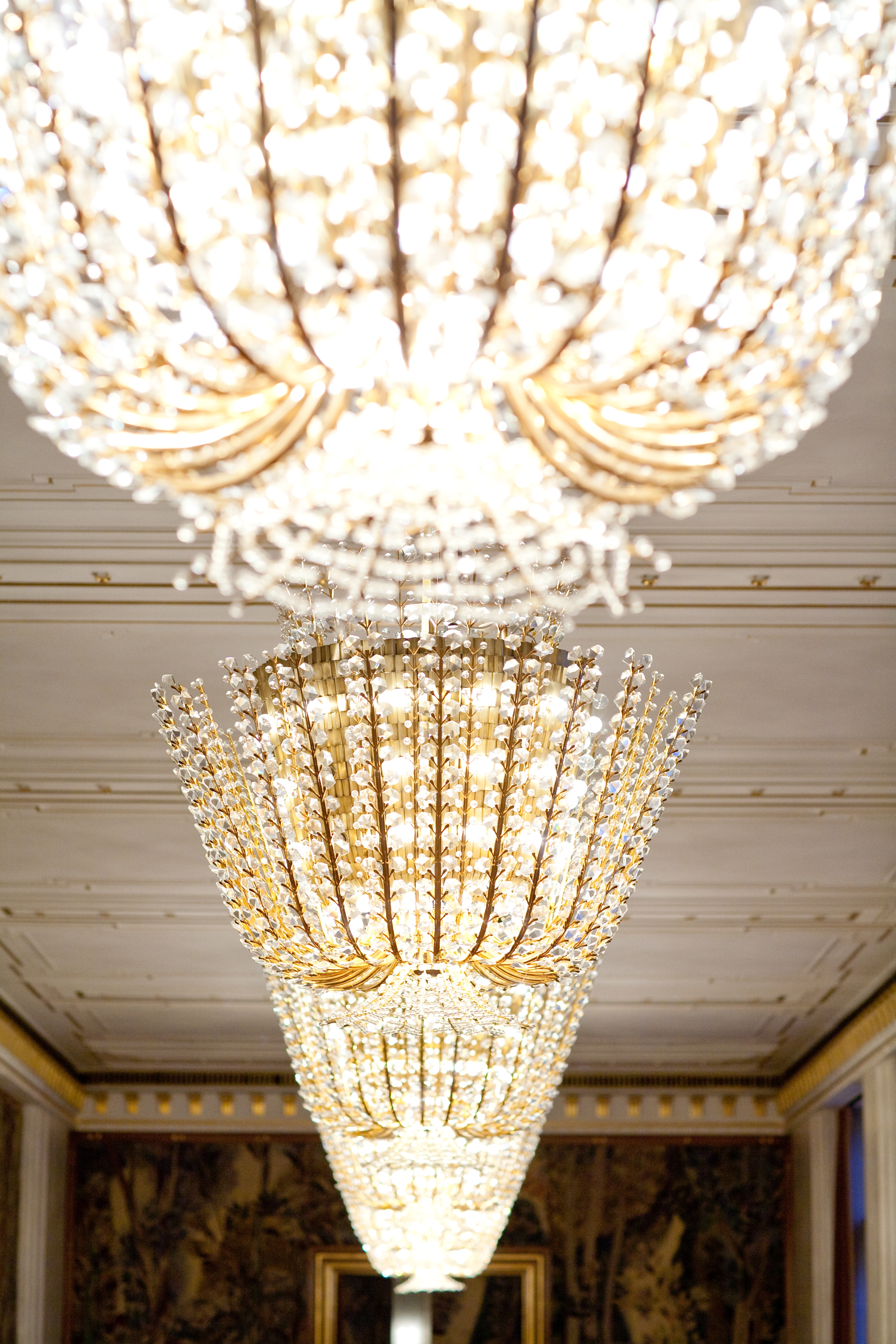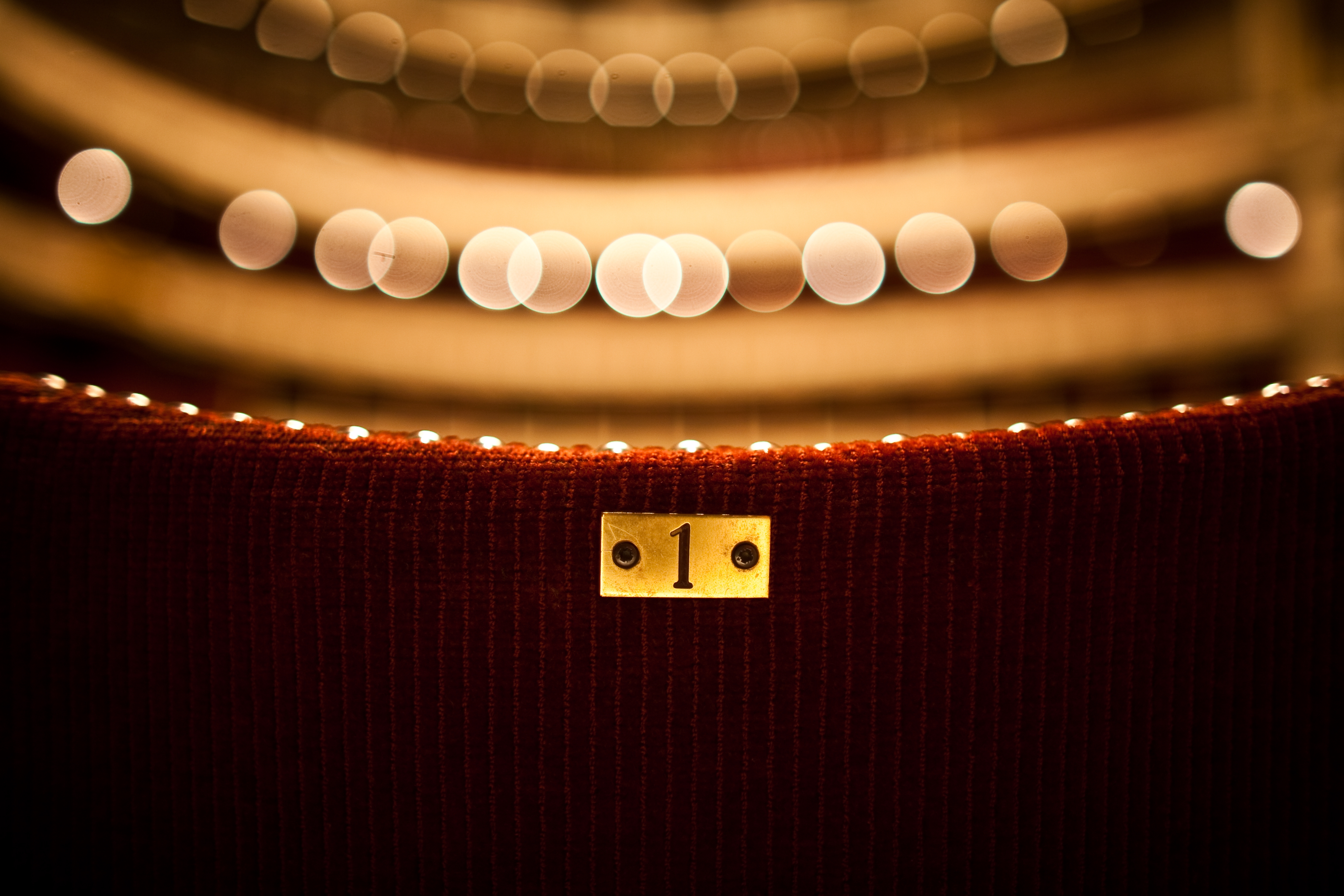About the production
Manon, who feels irresistibly attracted to wealth, is on her way to the convent.
She falls in love with the Chevalier Des Grieux - and he with her. But their time together is short-lived, as Manon gives in to the courtship of the rich Brétigny. This does not last long either, and she soon returns to her beloved Des Grieux. He wants to improve his financial situation by gambling. But he and Manon are arrested and she is exiled to America. However, the hardships in prison have broken her: she dies in Des Grieuxʼs arms on the way to the harbor.
Manon
Storyline
In an inn at a passing station in Amiens, the rich Guillot de Morfontaine and the tax tenant Brétigny enjoy themselves with their three friends Poussette, Javotte and Rosette.
When the arrival of a group of travelers is announced, the curious in the immediate vicinity gather, including the guardsman Lescaut, who is supposed to pick up his cousin Manon and escort her to the convent. The young Manon is indeed among the arrivals and enchants all those around her with her beauty, including Guillot, who offers the girl a life of luxury in exchange for a love affair. Manon rejects the offer, but feels irresistibly attracted by the wealth. Then the Chevalier Des Grieux appears. As soon as the young nobleman sets eyes on the girl, he is already madly in love. Manon, who also takes a liking to him, flees with him to Paris.


However, the time the young lovers spend together is very short, as Manon finally gives in to the courtship of the rich Brétigny. The Chevalier Des Grieux is also forcibly abducted on the orders of his father, the old Count Des Grieux, in order to be put back on the right path. Some time later, Manon learns by chance that the young Des Grieux is about to enter the priesthood. She then seeks him out at the Saint-Sulpice monastery. After only a few seductive words, he succumbs to Manon once again and flees with her.
As Manon still doesn't want to miss out on luxury, Des Grieux is prepared to improve his financial situation by gambling at the dubious Hotel Transylvanie.

Guillot, who is there, stages a scandal, accuses Des Grieux of foul play and calls the police, who arrest Manon and Des Grieux. The latter is released by his father, but Manon is exiled to America. But the hardships in prison have broken her. She dies in Des Grieuxʼ arms on the way to the harbor.
The production shifts the action of the opera - originally set in the middle of the 18th century - to the 1930s. Andrei Şerban, the director of the production, comments: "In the case of Manon, the difficulty was to present the relationships between the protagonists, the respective social milieu, i.e. those details that contribute to a complete understanding of the opera, in such a way that they are recognizable to us today. Let's assume that we leave everything in the original time of the story. This would mean that the characters would be dressed roughly as they were in Mozart's time. In this play, however, people from different classes constantly come together: aristocrats, the nouveau riche, crooks, tramps. If you can't recognize any differences between these people from a purely external point of view, because you don't know the nuances of the fashion of the time, for example, many of the subtleties of the play are lost."
Published in 1731, The Tale of the Chevalier Des Grieux and Manon Lescaut, written by Abbé Prévost, was a literary "hit" of its time - and even in the 19th and 20th centuries. It is therefore not surprising that numerous composers, including Daniel-François-Esprit Auber,
Jacques-François-Fromental Halévy, Giacomo Puccini and Hans Werner Henze approached the subject matter. One of the most important musical theater settings of this material was written by Jules Massenet: he succinctly called his opera Manon. The work was premiered with great success in Paris in 1884 and was quickly revived internationally. The first performance at Haus am Ring took place on November 19, 1890; the current production dates from 2007.


